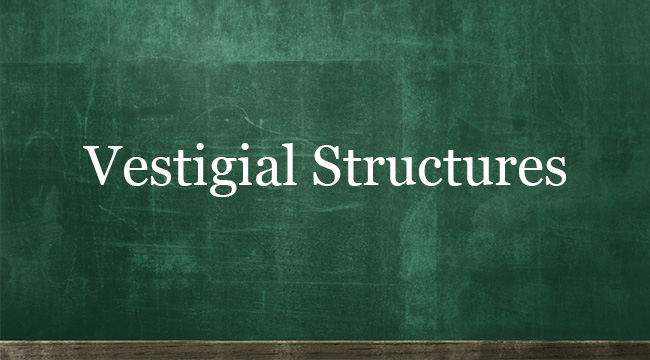What Are Vestigial Structures? Meaning and Examples In Humans
VESTIGIAL STRUCTURES – In this topic, we are going to know and learn about vestigial structures and examples found in humans.

Definition
Also known as vestigial organ, according to ThoughtCo, it refers to any anatomical feature or behavior that no longer seems to have a role in the organism of the given species.
Usually, these structures might have performed some vital functions in the past but no longer does today.
There are about five known examples in the human body, but one of them was excluded in this category for one reason. Here are the examples:
- Coccyx or Tailbone
- A small triangular bone that is akin to a shortened tail. It is composed of three to five coccygeal vertebrae or spinal bones.
- Male Nipples
- All people inherit this feature from both their parents but people still wonder the purpose of having nipples in males.
- Goosebumps
- Also known as pilomotor reflex, this raises the hair on your arms or neck when you feel alarmed. It’s only purpose is to alarm you.
- Wisdom teeth
- The third and final set of molars most people get in their late teens or early twenties.
Is the appendix vstigial?
At first, we do not know the purpose of the appendix, until now. According to Professor Loren G. Martin, the endocrine cells of the fetal appendix have been shown to produce various biogenic amines and peptide hormones, which assist with various homeostatic mechanisms.
The appendix expose white blood cells to the wide variety of antigens, or foreign substances, found in the gastrointestinal tract.
READ ALSO: Brain Anatomy – Parts Of The Brain And Functions
